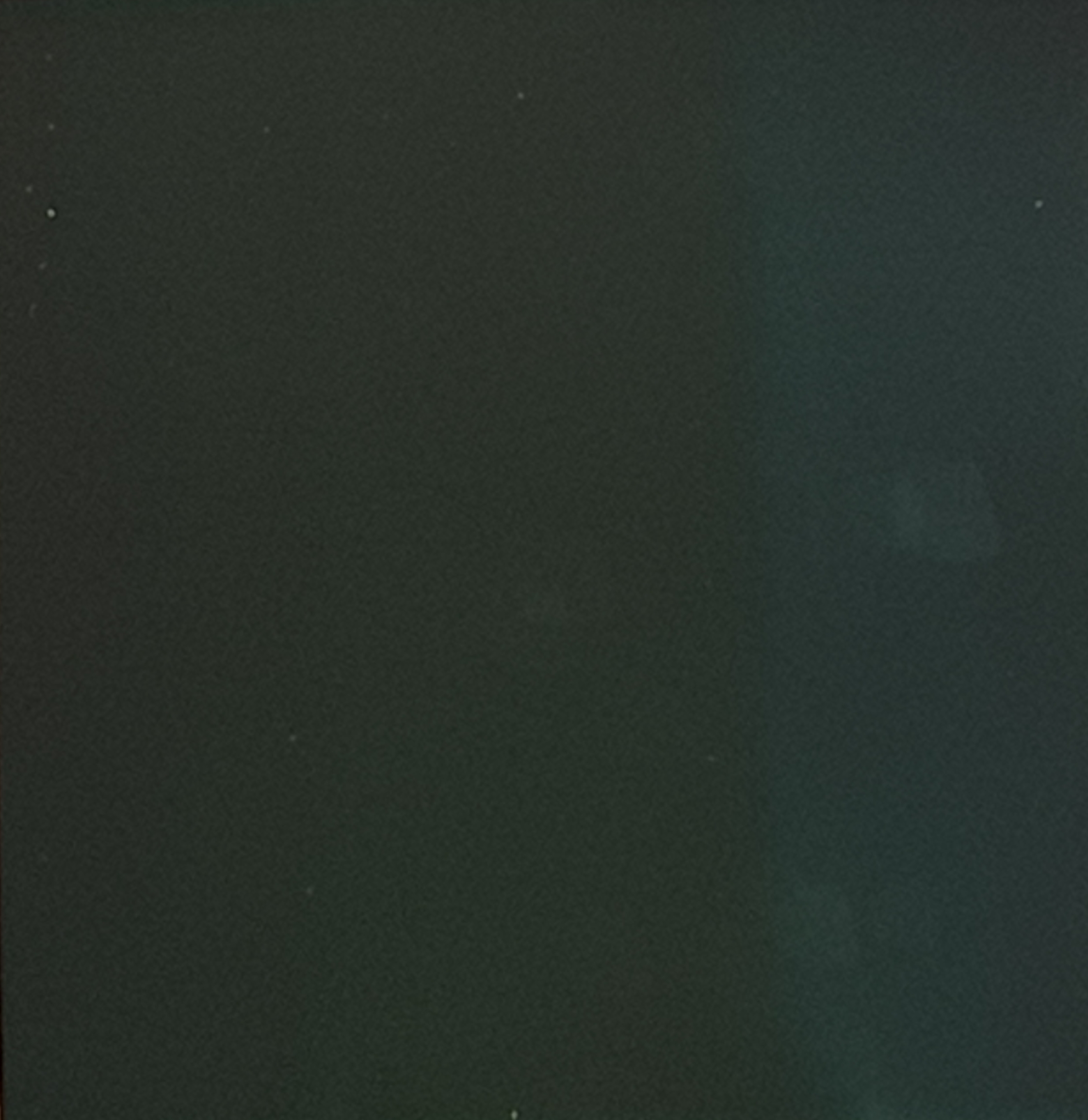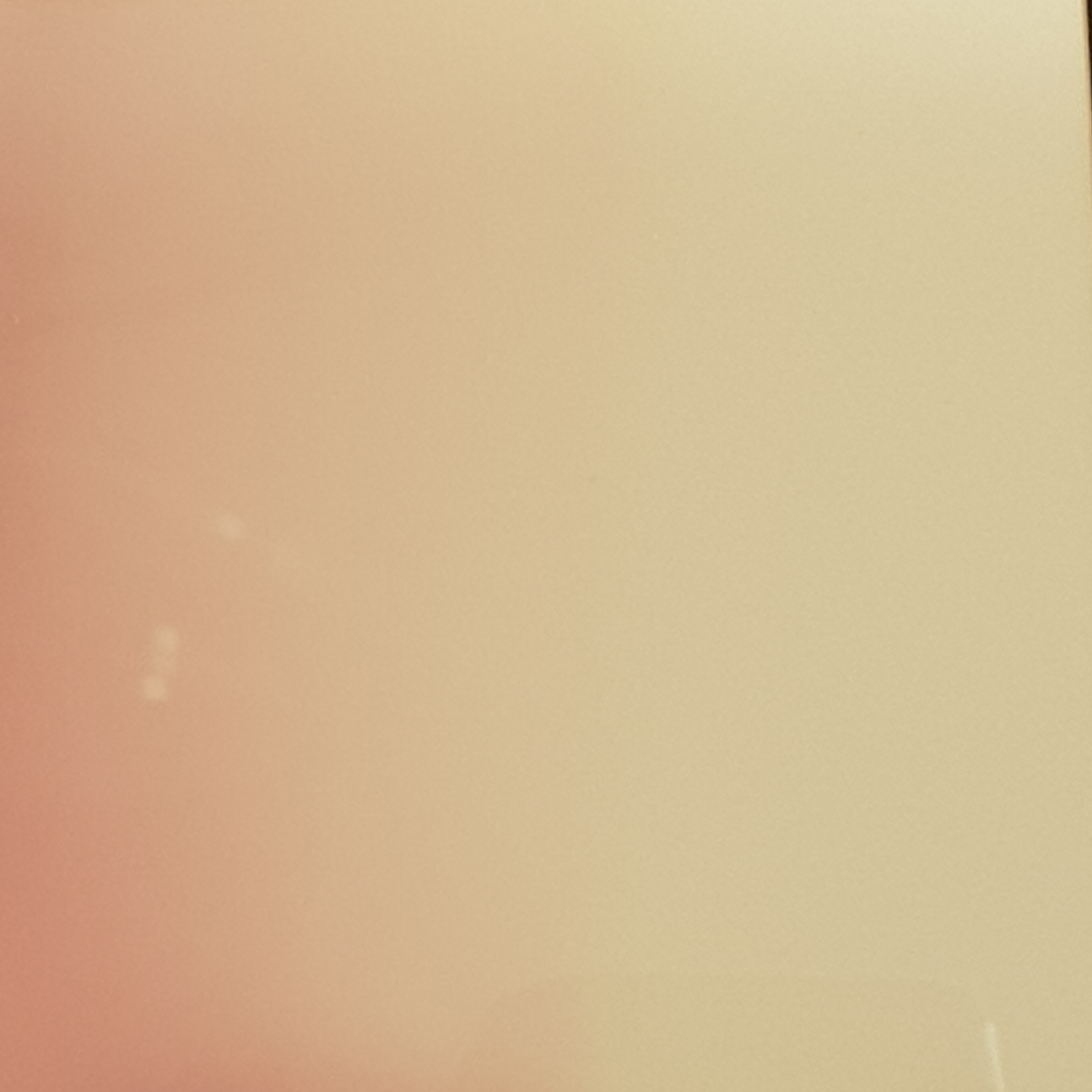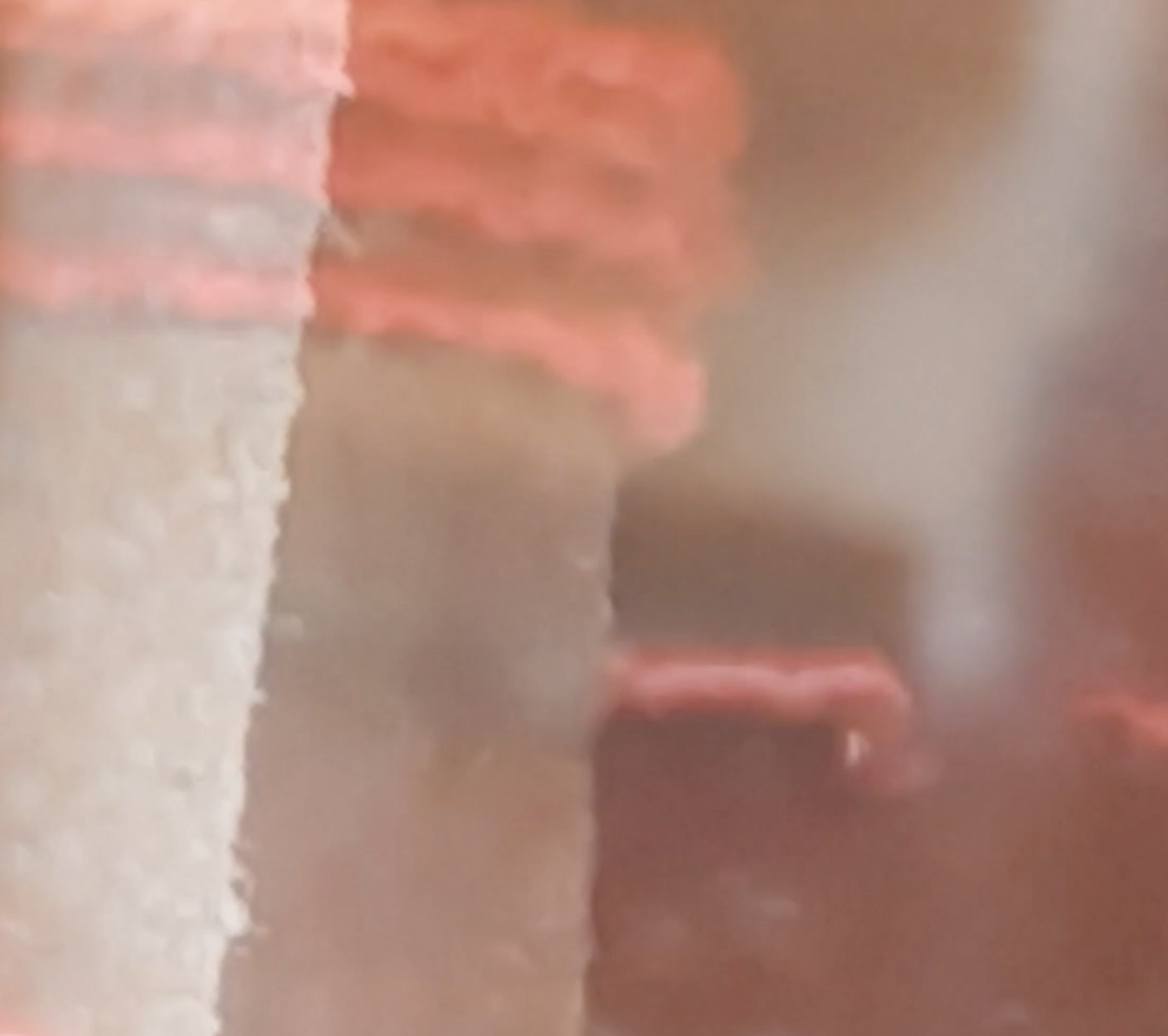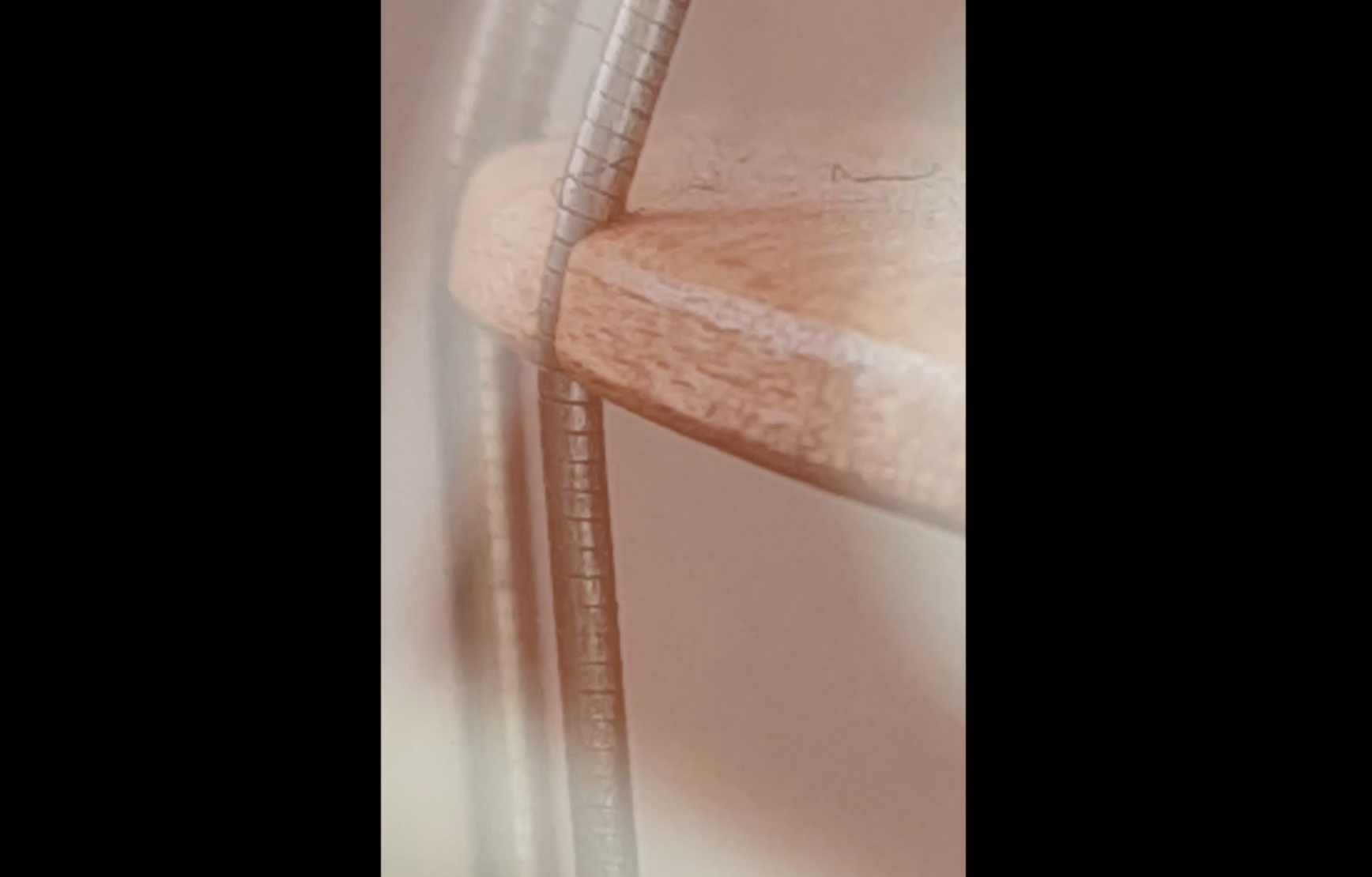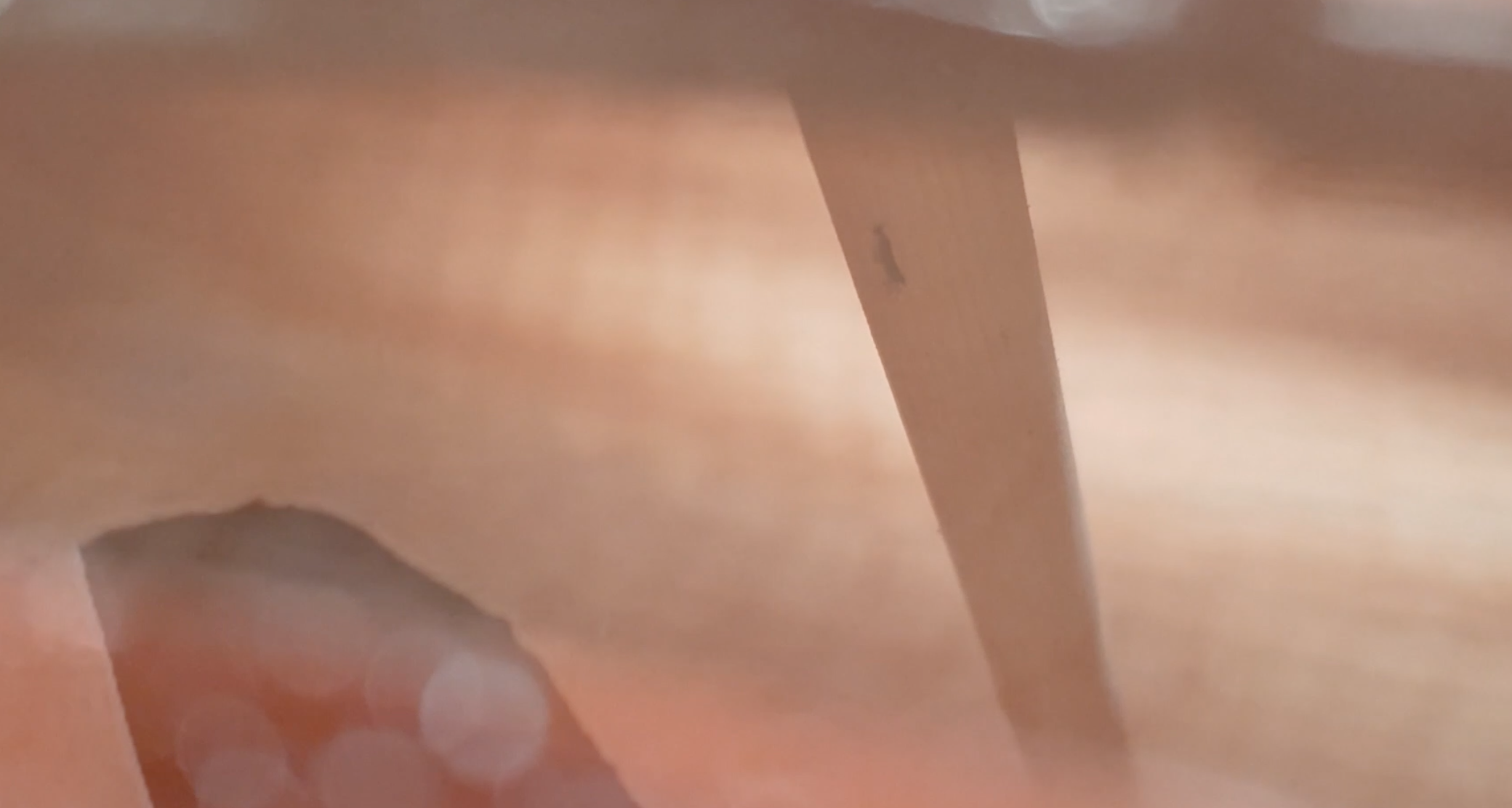a project inspired by ‘chaos, territory, art,
deleuze and the framing of the earth’ written by elizabeth grosz
chaos
“In the beginning” is chaos, the whirling, unpredictable movement of forces, vibratory oscillations that constitute the universe. Chaos here may be understood not as absolute disorder but rather as a plethora of orders, forms, wills – forces that cannot be distinguished or differentiated from each other, both matter and its conditions for being otherwise, both the actual and the virtual indistinguishably. – page five
the most melodic of the three
random cosmological events
the earth is born from chaos
we were born from the earths conditions
to feed and be fed on
existing only in the context of the earth and its ecosystems
aesthetic was born from sex
the conditions of the earth from which we evolve
beauty is born from chaos and imperfection
things that resonate within us because we share the same mother
beauty by nature is chaotic.
lyrics:
and the bird builds her nest
as a child I thought it tasteless
and the bird destroys her nest
and the child sings to express
and the bird feels her loss
we return to chaos
Art enables matter to become expressive, to not just satisfy but also to intensify – to resonate and become more than itself. – page four
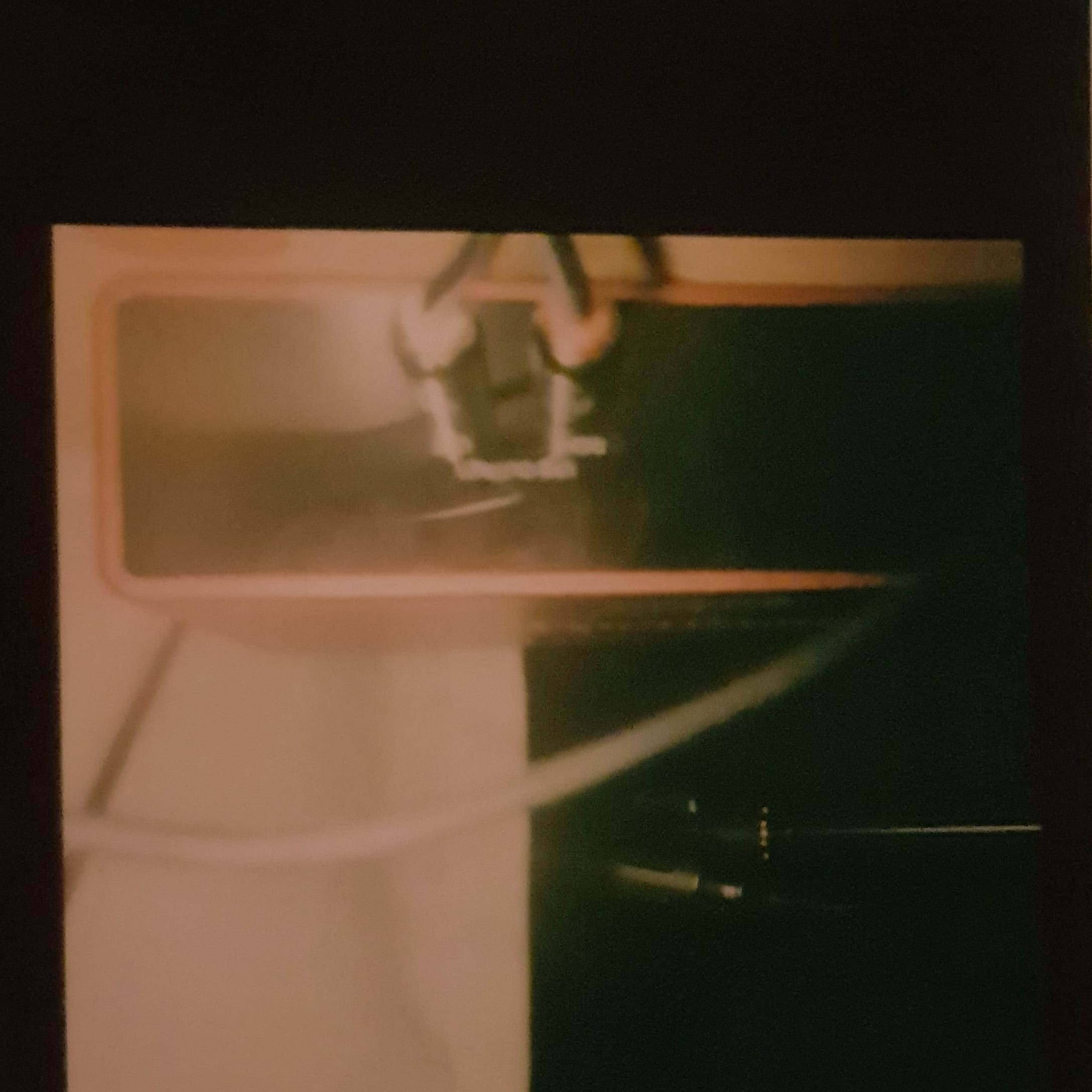
territory
With no frame or boundary there can be no territory, and without territory there may be objects and things but not qualities that can become expressive, that can intensify and transform living bodies. – page eleven
sand, waves, snow, trees, rivers, grass, leaves, birds, wind, water, breeze, footsteps, voices, movement, silence, stillness, clicking, rustling, singing
to create a stage for sexual expression
to isolate elements of the chaos and present them
this is performative
this is intimate
sensual
evokes binaural responses
the reverb is framed itself by the architecture that contains and excites it
Art is the sexualisation of survival… – page thirteen
the sounds of outside
the sounds we distance ourselves from
framed by the reverberations
sound made into song
becoming apparent and intimate
The frame separates. It cuts into a milieu or space. This cutting links it to the constitution of the plane of composition, to the provisional ordering of chaos through the laying down of a grid or order that entraps chaotic shards, chaoid states, to arrest or slow them into a space and a time, a structure and a form where they can affect and by affected by bodies. – page thirteen
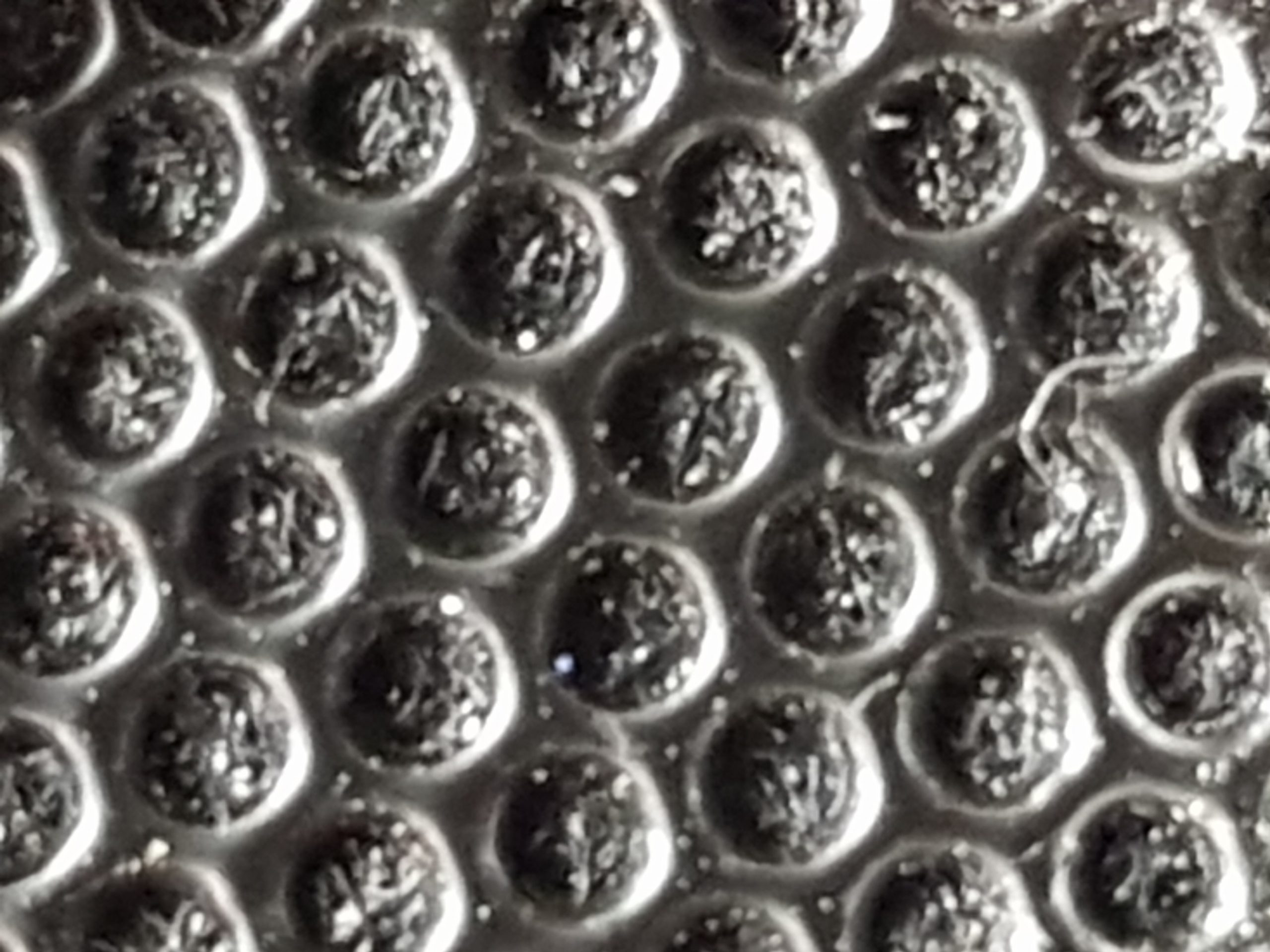
art
Vibrations are oscillations, differences, movements of back and forth, contraction and dilation: they are a becoming-temporal of spatial movements and spatial processes, the promise of a future modeled in some was on the rhythm and regularity of the present. Vibrations are vectors of movement, radiating outward, vibrating through and around all objects or being dampened by them. Music is the result of the movements of territorialization, deterritorialization and reterritorialization of vibratory force in its articulation of (the division or difference between) the body and the earth. – page fifty five
the instruments have autonomy and agency
guitar, cello, amp, singing bowl, reverb
the sounds were not controlled
tracks were not made by hearing the previous recordings but by feeling the vibrations from the speakers
sensation is how we make sound
is how we receive sound
the visuals explore texture
relationships between our instruments are intimate and tactile
the border between bodies dissipates
the sound is not always easy
discomfort
difference
pulls us out of ease and stretches sensation out to the corners
confronts caresses livens.
Sensation is the zone of indeterminacy between subject and object, the bloc that erupts from the encounter of the one with the other. Sensation impacts the body, not through the brain, not through representations, signs, images, or fantasies, but directly, on the body’s own internal forces, on cells, organs, the nervous system. Sensation requires no mediation or translation. It is not representation, sign, symbol, but force, energy, rhythm, resonance. Sensation lives, not in the body of perceivers, subjects, but in the body of artwork. Art is how the body senses most directly, with, ironically, the least representational mediation, for art is of the body, for it is only art that draws the body into sensations never experienced before, perhaps not capable of being experienced in any other way… Sensation draws us, living beings of all kinds, into the artwork in a strange becoming in which the living being empties itself of its interior to be filled with the sensation of that work alone. – page seventy three

